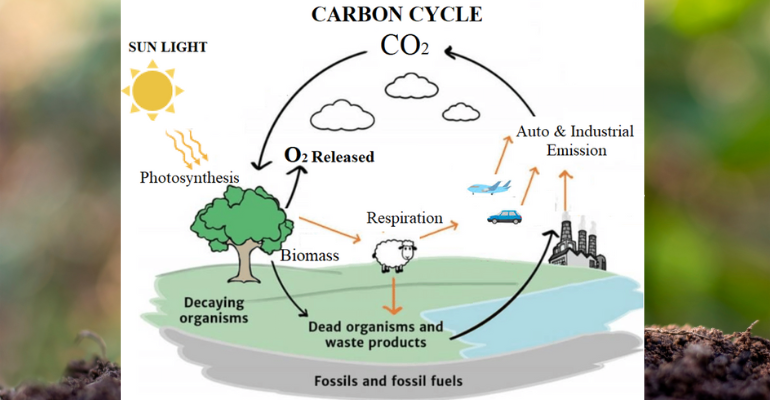Green AAG
The vehicle for hydrogen economy


| Description | Carbon-Cycle | Nitrogen-Cycle |
|---|---|---|
| Prime Source of Energy | Sun Light | Sun Light |
| Production Process | Photosynthesis | Industrial Process |
| Annual Oxygen Yield | 14.5 Ton/Acre | 53.6 Ton/Acre |
| Thermodynamic Efficiency | Irradiation to Biomass (2.0-2.5%) | Irradiation to Green AAG (9-12%) |
| Average Annual Yield/Acre | Dry Biomass (16 Ton) Bio-CNG (2.4 Ton) | Green Ammonia (40 Ton) |
| Annual Energy Yield/Acre | 2,72,000 MJ (Biomass) 1,24,000 MJ (Bio-CNG) | 9,00,000 MJ/Acre |
| Average Energy Recovery | IC Engine (25-28%) | IC Engine (54-56%) |